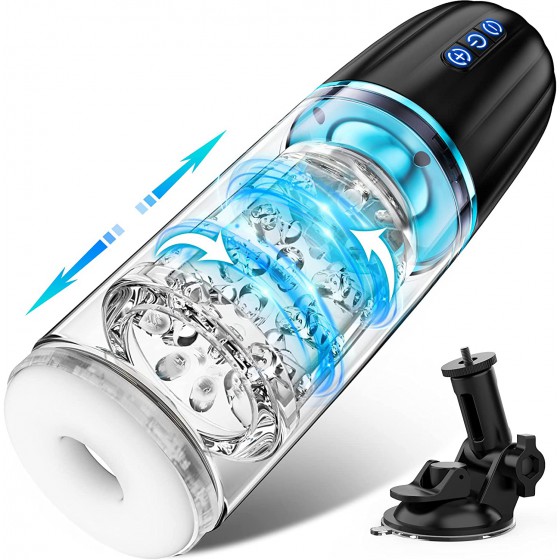4 types of gynecological diseases that are difficult to detect. Female friends should keep their eyes open!
Many times we start to pay attention to it because of certain salient features of gynecological diseases, but when faced with some situations where the symptoms are not obvious, we also become confused. So, are gynecological diseases curable? Why is it so difficult to judge?
These 4 gynecological diseases are difficult to detect
1. Chronic cervicitis
Chronic cervicitis is an extremely common disease among women. The main causes are damage to the cervix during sex; incomplete treatment of acute cervicitis; improper use of condoms, injuries caused by induced abortion or infection caused by intrauterine devices; or bacterial invasion during vaginal cleaning.
The reason why chronic cervicitis is difficult to detect: Since there are no pain-sensing nerves in the cervix, even if inflammation occurs, you cannot feel pain, so it is difficult to detect. If there is still human papillomavirus infection at this time, chronic cervicitis will slowly develop into cervical cancer.
2. Chronic adnexitis
Adnexitis is a hidden gynecological disease that is often caused by childbirth, frequent sexual intercourse, miscarriage, recurrent vaginitis and genital surgery. Generally, adnexitis in women is not serious, but if the inflammation is not taken seriously and occurs for a long time, chronic adnexitis is likely to cause blockage of the fallopian tubes, eventually leading to female infertility.
The reason why chronic cervicitis is difficult to detect: There is generally no special feeling when suffering from adnexitis, but some women will experience slight lower abdominal pain and increased leucorrhea. However, these two points are often ignored.
3. Uterine fibroids
To this day, the cause of uterine fibroids is still unclear. It is generally believed that uterine fibroids are related to sex hormones, as well as age, obesity, smoking and drinking, heredity, and a history of miscarriage. Uterine fibroids are even classified as sex hormone-dependent tumors.
The reason why uterine fibroids are difficult to detect: Although uterine fibroids often present with irregular menstruation, increased leucorrhea, abdominal masses, or compression symptoms such as back pain. But many times these symptoms are difficult to detect, and sometimes even a gynecological examination can accurately detect them. Some women are discovered accidentally during B-ultrasound examination.
4. Breast hyperplasia
Breast hyperplasia is generally a benign hyperplasia, but there is still a possibility of malignant transformation. The direct cause is poor blood circulation in the breasts caused by tight underwear. Breast hyperplasia can also be aggravated by over-stressed nerves.
The reason why breast hyperplasia is difficult to detect: During menstruation, the breasts will also experience swelling, pain, and gradually worsening symptoms, which are most obvious before menstruation and disappear with the end of menstruation. Because breast swelling and pain during menstruation is mainly related to hormone secretion, breast hyperplasia becomes difficult to detect.













